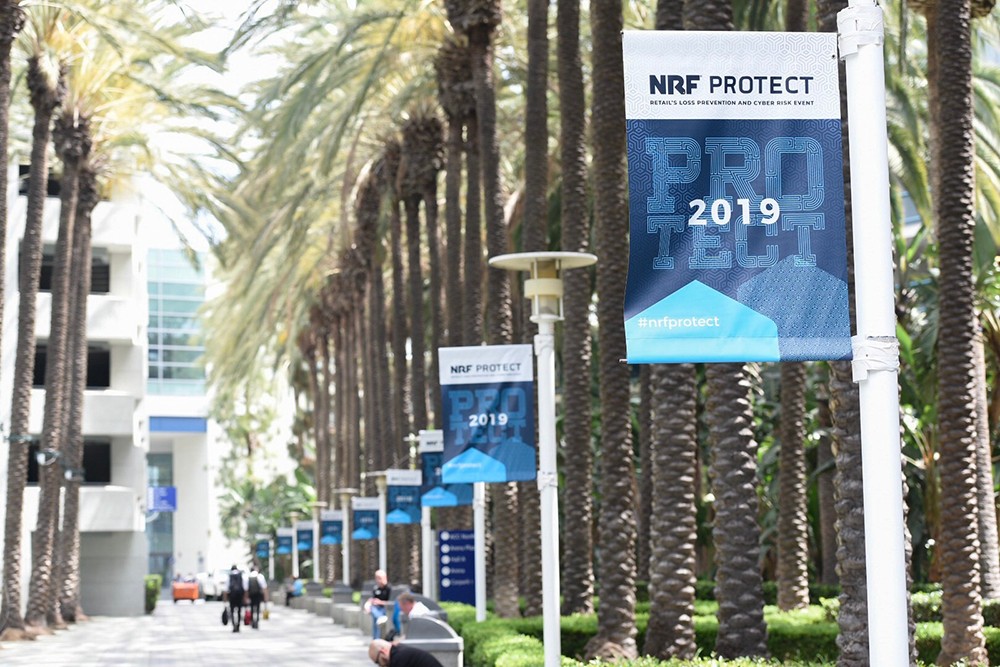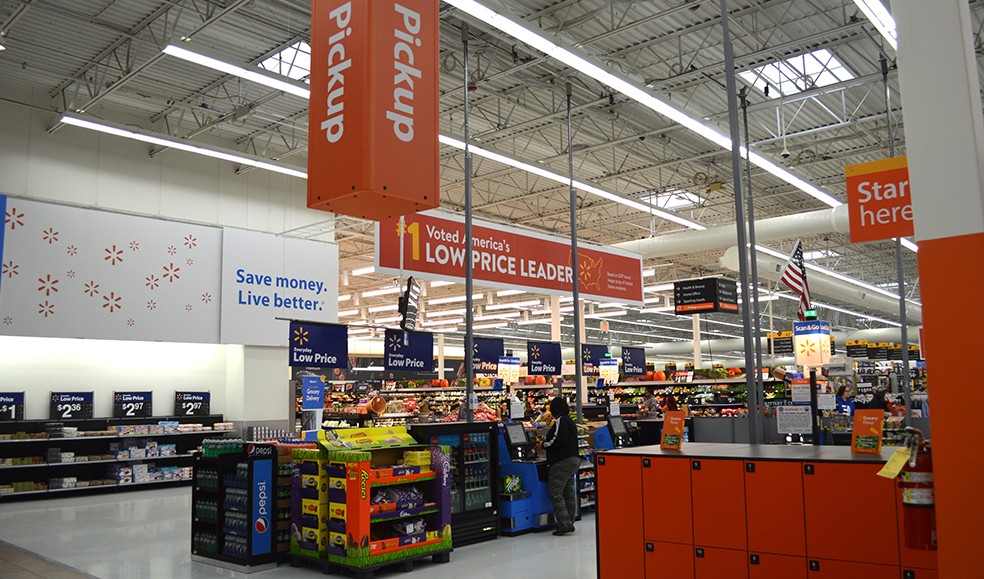
Top takeaways from NRF Protect
The National Retail Federation’s annual loss protection conference has concluded in California, with over 2500 visitors and retail representatives attending NRF Protect from June 11-13.
Considered one of the biggest events on the annual loss prevention calendar, this year’s conference looked at the most recent loss statistics along with a focus on Organized Retail Crime and an increased emphasis on cybersecurity.
Here are some of the key takeaways from the 2019 event…
Latest retail theft figures
Professor Robert Hanson of Northern Michigan University, and Asset Protection & Safety VP Dan Faketty of Southeastern Grocers took a walk through the latest National Retail Security Survey findings, noting the 28th annual survey revealed retail loss in the US now totalled 1.38 per cent of sales or $50.6 billion.
Within those figures there were “new threats and emerging areas of concern”, the pair reflected.
These included:
- Identifying the cause of shrink
- Combatting internal theft through mobile POS fraud
- Combatting external theft through mobile POS fraud
- Understanding the technology criminals use
In terms of employee theft, they explained the average dollar loss per incident had remained stead for the past four years, equating to $1264 in 2018.
Meanwhile, each shoplifting incident resulted in an average loss of $546.67.
When it came to robberies, the average loss per incident was $2885.15, which was a 65 per cent decline on 2015.
You can read more about the full findings of this report here.
Organized retail crime
In a panel discussion featuring security specialists and law enforcement professionals, attention turned to Organized Retail Crime (ORC).
They noted three in four retailers had seen a rise in ORC in the past year, with more than one third of those who had seen an increase noting it was significant. Almost half of retailers experiencing ORC also said they believed gangs were exhibiting more aggression.
The cybersecurity issue
Cybersecurity expert and CEO of LMG Security and BrightWise Training, Sherri Davidoff, explained the changing landscape of cyber threats and the risk it posed to retailers.
She noted a lack of security allowed customers and vendors to fall victim to hacking, resulting in retailers losing both money and their reputation.
In a bid to thwart hacking, retailers should ensure they have:
- Phishing protection, including user training and technical controls
- Strong authentication, including two-factor authentication and long passwords
- Patch management
- Proactive threat hunting
- Outreach and education
Insider risk
Gap Inc Director Nathan Niese, and Petco Loss Prevention Manager Tina Ayo looked at insider risk in the digital age, noting there were three potential types of threats when it came to cybersecurity and the enemy within:
- The negligent employee
- The exploited employee
- The malicious insider
Privilege, misuse and error by insiders account for 30 per cent of breaches, they explained. Combatting the problem came down to creating both a “physical firewall” and technology to protect against threat.
In terms of a physical firewall, retailers should look at:
- Risk and compliance
- Leveraged resources
- Monitoring, incident response and reporting
- Training education and awareness
Package theft and pickup fraud
In a rising era of internet shopping and home delivery, attention also turned to the growing incidents of package theft.
Bust Buy representatives Lisa Brock and Jim Behrend explained 30 per cent of Americans had experienced package theft, with the average value per item equaling $140.
They reflected the issue presented a unique challenge but ways of reducing the problem included documentation, and new technology.
Meanwhile, combating pickup fraud involved identity authentication at the time of sale and pickup, with new technologies allowing new identification methods.
In terms of shipping from store, the biggest challenge was issues like label fraud and theft, they reflected. And here, auditing, restricted access to the warehouse, strategic store set-up and reporting could all play a role in reducing loss.
Identify gaps in your processes and policies, they urged retailers. Also align all channels, including eCommerce, customer care, retail, supply channel, legal and real estate, while focusing on reporting.
The self-checkout

Technology offers the potential to save in labor costs, and one such innovation is the self-checkout, loss prevention researched Mike Giblin, and loss prevention professional Laura Lasko noted in their presentation.
First introduced in 1992, the self-checkout is now present in 59 per cent of stores. But it also poses a risk for retail shrink, accounting for approximately 21.7 per cent of loss.
Addressing the problem involved using attentive self-checkout attendants to oversee the area, they stated. These attendants should be trained in all areas of self-checkout misuse including failing to scan items, improper weighing, and incomplete payments.
“Enough self-checkout attendants should be scheduled to help monitor the area during busier hours. Attendants should avoid standing at the podium and regularly interact with customers,” they said.
Meanwhile, reporting also played a critical role in self-checkout loss.
NRF Protect is held annually and features a focus on cyber and digital crime, risk management, talent and culture, theft and fraud, and workplace violence.
Photo Source: NRF Protect 2019


